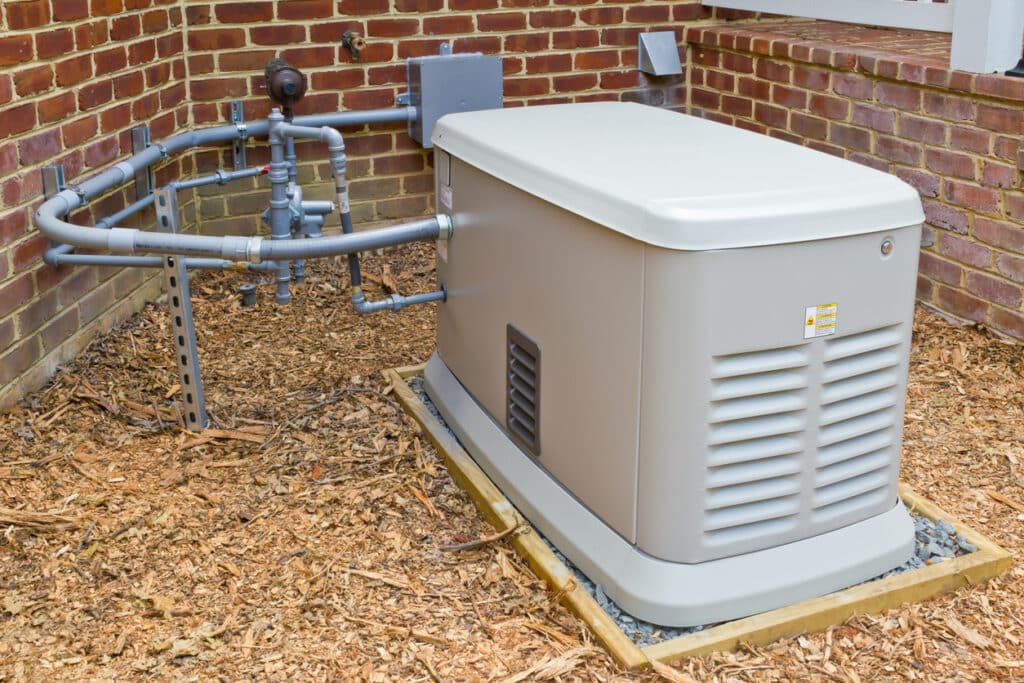The approach of autumn can mean cooler temperatures and relief from the heat and humidity of summer. However, it can also mean occasional storms that might knock out your local power. Having a generator available for backup power is helpful, but you also might have one for recreational activities or job site projects. In all these cases, you must follow specific safety and maintenance tips to ensure your generator is prepared for the fall season.
Check the Fluids
Your generator needs oil to run. It also needs oil changes based on the manufacturer’s schedule to function optimally. Oil changes are crucial for generators that spend a long time in storage since old oil doesn’t retain its lubricating attributes. You should also check other fluid levels, including the fuel stabilizer and coolant. The fuel stabilizer keeps gas from going bad while the generator is inactive, and the coolant prevents unit overheating.
Inspect and Clean the Components
Inspect your generator thoroughly for signs of wear and tear, damage, and rust. Look for signs of deterioration, cracks, and corrosion. Clean the generator to remove debris, dust, and dirt, especially grass, leaves, and outdoor materials that block openings and vents. Proper airflow is crucial to generator performance. Clean or replace any air filters to improve fuel efficiency and unit longevity.
Conduct Testing
You need your generator to start working on a moment’s notice, and that means you need to test the electrical components. A dead or weak battery makes the rest of the generator useless. Clean the terminals to avoid corrosion, and check all connections and cables for secure contact. Once you finish all the fluid checks and inspections, arrange for replacements and repairs. Then, test run the generator for half an hour. Listen for strange noises that might indicate issues, be mindful of consistent power output, and look for fuel leaks.
Practice Proper Storage and Placement
Have enough fuel available for a power outage or a project that requires a generator. Store approved containers in a cool, dry place that’s not in direct sunlight. Never run your generator in an enclosed space to avoid carbon monoxide poisoning, and use heavy-duty extension cords to get more distance from occupied spaces. Let a generator cool down before you add new fuel. Have a fire extinguisher on hand, just in case.
Get Everything Ready for Fall
You never know when you’ll need your generator to provide power, but you can prepare it by following these safety and maintenance tips. Doing so keeps your generator reliable and ready for action. Routine maintenance should also improve equipment performance and extend its functional lifespan. If you need more maintenance tips or are looking for generator installation services in Waldorf, MD, contact our team at Circuit Doctor today.


